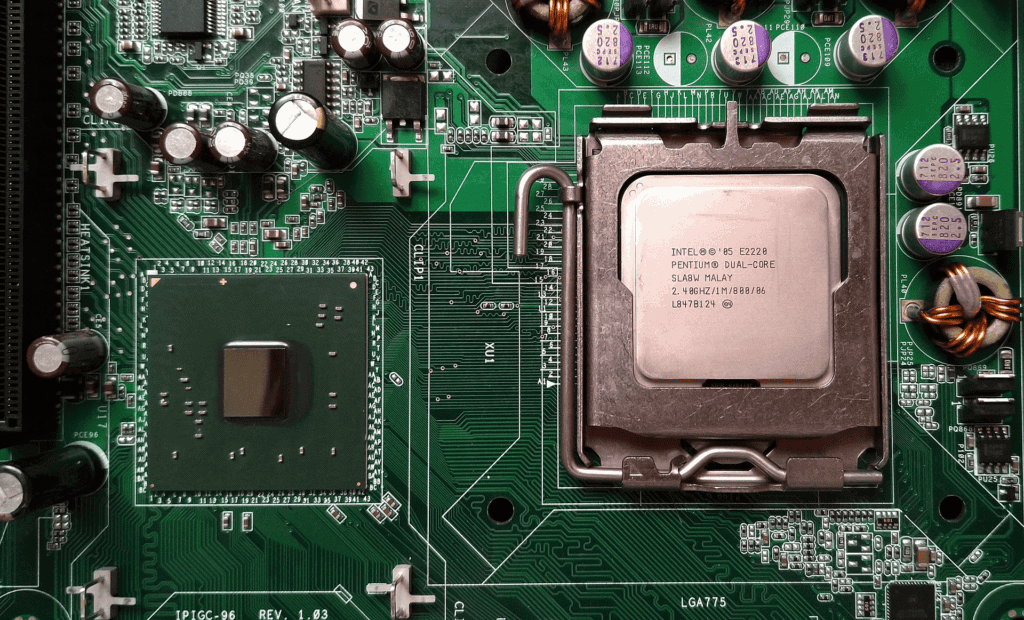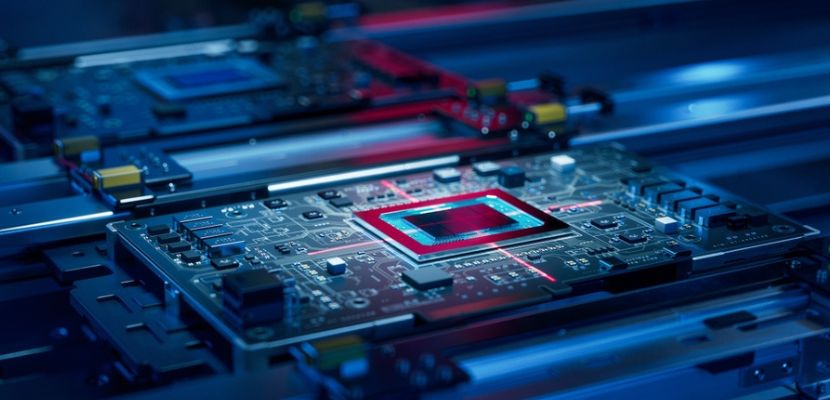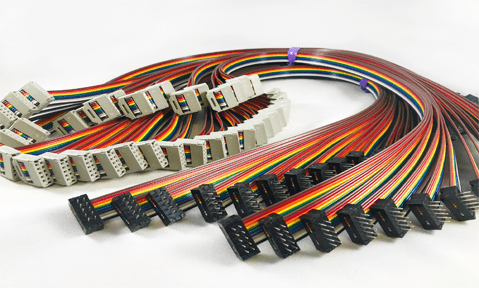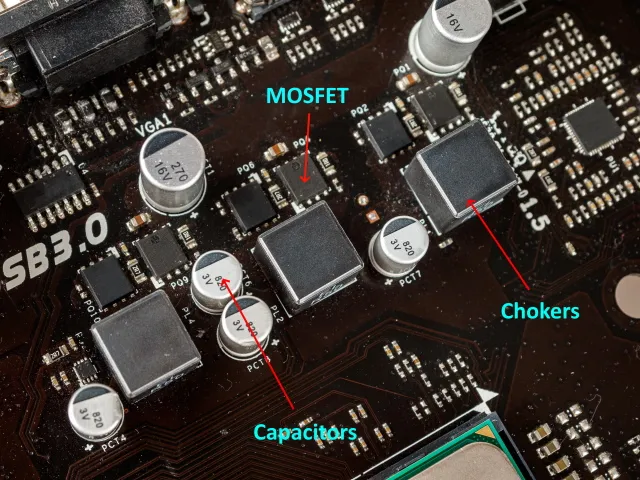One of the most important parts of every computer is the chipset, which is sometimes referred to as the “glue” that keeps everything together. Though less well-known than the GPU (graphics processing unit) or CPU (central processing unit), the chipset is crucial to a computer’s overall capabilities and performance. To put it simply, its job is to control the flow of information between the processor and other components of the computer, like the RAM, storage, and expansion slots.
We will delve into the world of chipsets in this extensive tutorial, covering their definition, operation, and evolution over time, as well as how they impact the performance and upgradeability of your computer.
1. Describe a chipset.

A motherboard’s chipset, which consists of several integrated circuits, controls the data flow between a computer’s essential parts. In essence, the chipset controls data flow between the CPU, RAM, storage, and peripherals by acting as a traffic controller.
There are two main chips in modern chipsets:
The Northbridge (also known as the Host Bridge) manages communication between the CPU, RAM, and occasionally the GPU.
Southbridge: This controls slower peripherals like as audio, USB ports, and storage.
Long since obsolete, this conventional northbridge-southbridge architecture has been the norm. Instead, single Platform Controller Hubs (PCHs) or similar components handle the remaining responsibilities because current chipsets include most of the northbridge functionality directly into the CPU.
a. The Chipset’s Function in a Computer
All of a computer’s essential parts can communicate with one another thanks to the chipset. Poor or nonexistent performance would result from the CPU’s inability to communicate with the rest of the system in the absence of a chipset. The chipset is specifically used in:
Memory management: The speed at which information may be sent from the CPU to the RAM depends in part on the chipset.
Storage device management is in charge of regulating how the CPU communicates with storage devices, such as SSDs or hard disks.
Management of peripherals: The chipset controls communication with a variety of peripherals, including sound cards, network cards, USB devices, and more.
Expansion management: Chipsets control the operation of expansion slots, including PCIe, which impacts the efficiency of hardware add-ons like graphics cards.
2. How Do Chipsets Operate?
The chipset acts as a bridge between the computer’s many subsystems and CPU. Every chipset supports a variety of features like USB connectivity, PCI Express lanes, SATA ports, and RAM types and is made to interact with specific processor architectures.
The way in which the CPU and chipset interact
The Central Processing Unit (CPU) requires communication with peripherals, memory, and storage when processing data. By serving as a data hub, the chipset makes sure that data moves between various components seamlessly. Even while some of the classic chipset functions—like memory control and PCIe management—have been integrated into modern CPUs, the chipset is still essential for handling slower data transfers and external device connectivity.
For instance, the chipset makes sure that data from the USB port reaches the CPU and vice versa when you plug in a USB device to your computer. Similarly, the chipset makes sure the storage device and processor communicate correctly when your CPU asks for data from an SSD.
b. Architecture of Northbridge and Southbridge
The chipset was split into two pieces in the conventional design:
Northbridge: This was in charge of facilitating fast data transfer between the GPU, RAM, and CPU. The quickest and most crucial operations in terms of performance were under its control.
Southbridge: This was responsible for handling slower peripherals like input/output (e.g., USB, Ethernet), audio controllers, and storage devices.
The chipset was able to handle various types of data more effectively thanks to its split architecture. Nevertheless, a lot of the northbridge’s capabilities, such memory management and PCI Express lanes, have been incorporated into contemporary CPUs. Because of this, the northbridge has almost vanished, and in many contemporary systems, the southbridge is now known as the Platform Controller Hub (PCH).
d. PCH, or Platform Controller Hub
The conventional northbridge/southbridge architecture has been replaced by the PCH in contemporary Intel-based computers. Essential functions such as SATA storage, audio processing, and USB control are still managed by the PCH; however, memory management and fast PCIe connectivity are now directly handled by the CPU.
Fast data transfers between the CPU and the rest of the system are made possible by the high-speed DMI (Direct Media Interface) connection that connects the PCH to the CPU. A similar strategy is employed in AMD systems, where memory and PCIe lanes are directly managed by the CPU, and a single chipset controller handles all other input/output operations.
Section 3: Chipset Types

The same firms that make processors also make chipsets, primarily AMD and Intel. Because each chipset is made to handle a particular set of processors and functions, your system’s features and capabilities will depend on the chipset you choose.
a. Intel Chipsets: Based on the intended user base, Intel chipsets are categorized into various series in order to support Intel Core processors.
Z-Series: High-end chipsets made for enthusiasts and gamers (e.g., Z690, Z590). These chipsets offer the greatest amount of PCIe lanes, USB ports, and other cutting-edge features in addition to supporting overclocking.
B-Series: Mid-range chipsets for general users (e.g., B660, B560). Although these chipsets generally do not support CPU overclocking, they do provide a good mix between performance and functionality.
H-Series: Entry-level chipsets with an emphasis on offering fundamental functions for low-cost systems (e.g., H670, H570). Usually, office PCs or casual gaming setups use these chipsets.
High-end chipsets for HEDT (High-End Desktop) systems are found in the X-Series (e.g., X299). These chipsets are utilized in workstations that demand a lot of processing power and support the potent Intel Core X series processors.
b. Chipsets from AMD
AMD chipsets are also segmented into various tiers according to the target market and are made to enable Ryzen processors.
X-Series: High-performance chipsets for professionals, gamers, and enthusiasts (e.g., X670, X570). Multiple PCIe lanes, overclocking, and cutting-edge storage choices like NVMe SSDs are all supported by these chipsets.
B-Series: Mid-range chipsets that strike a balance between price and performance, such as the B650 and B550 models. For those who desire high performance without going overboard with overclocking, these chipsets are perfect.
A-Series: Entry-level chipsets with an emphasis on fundamental features for low-cost systems (e.g., A520). In computers used for home and business, these chipsets are frequently utilized when advanced functions or overclocking are not needed.
4. Essential Chipset Features and Functions
A computer system’s characteristics and capabilities are mostly determined by its chipset. Your system’s performance and expandability are affected by the chipset, which affects everything from peripheral connectivity to overclocking.
1. Overloading the system
CPU overclocking is a feature of some chipsets, such as the Z-series from Intel and the X-series from AMD, that enables users to overclock their processors past their factory settings. Significant performance increases can be obtained by overclocking, particularly for demanding computing and gaming tasks. Nevertheless, not all chipsets allow for overclocking, and you may not be able to optimize CPU performance if your chipset does not support this capability.
a. Express Lanes for PCI
A chipset’s ability to handle a certain number of PCI Express (PCIe) lanes is essential for attaching fast peripherals like graphics cards and NVMe SSDs. More PCIe lanes available in high-end chipsets enable quicker storage options and better multi-GPU configurations.
c. SATA and USB ports
Chipsets dictate how many USB and SATA ports are accessible on a system, as well as what types of ports they support (e.g., USB 3.2, SATA III). This has an impact on the number of external devices you can attach to your computer, including keyboards, hard drives, and other peripherals. Fast data transfers between devices are made possible by the fast USB and SATA connections that modern chipsets allow.
d. Assistance with Memory
The type and quantity of RAM that a system may support are also determined by the chipset. Larger memory capacities and quicker RAM speeds are supported by higher-end chipsets, which can greatly enhance system performance in memory-intensive applications.
e. Audio and Networking
The necessity for separate expansion cards is eliminated by the integration of Ethernet controllers and audio codecs in many current chipsets. It is now simpler to set up an entire system without the need for additional hardware thanks to this integration, which may deliver dependable networking and high-quality audio right out of the box.
5. Chipsets’ Development
Chipsets have changed dramatically throughout time, keeping up with the sophistication and power of contemporary CPUs. With the increasing capability of CPUs to manage intricate tasks, chip







